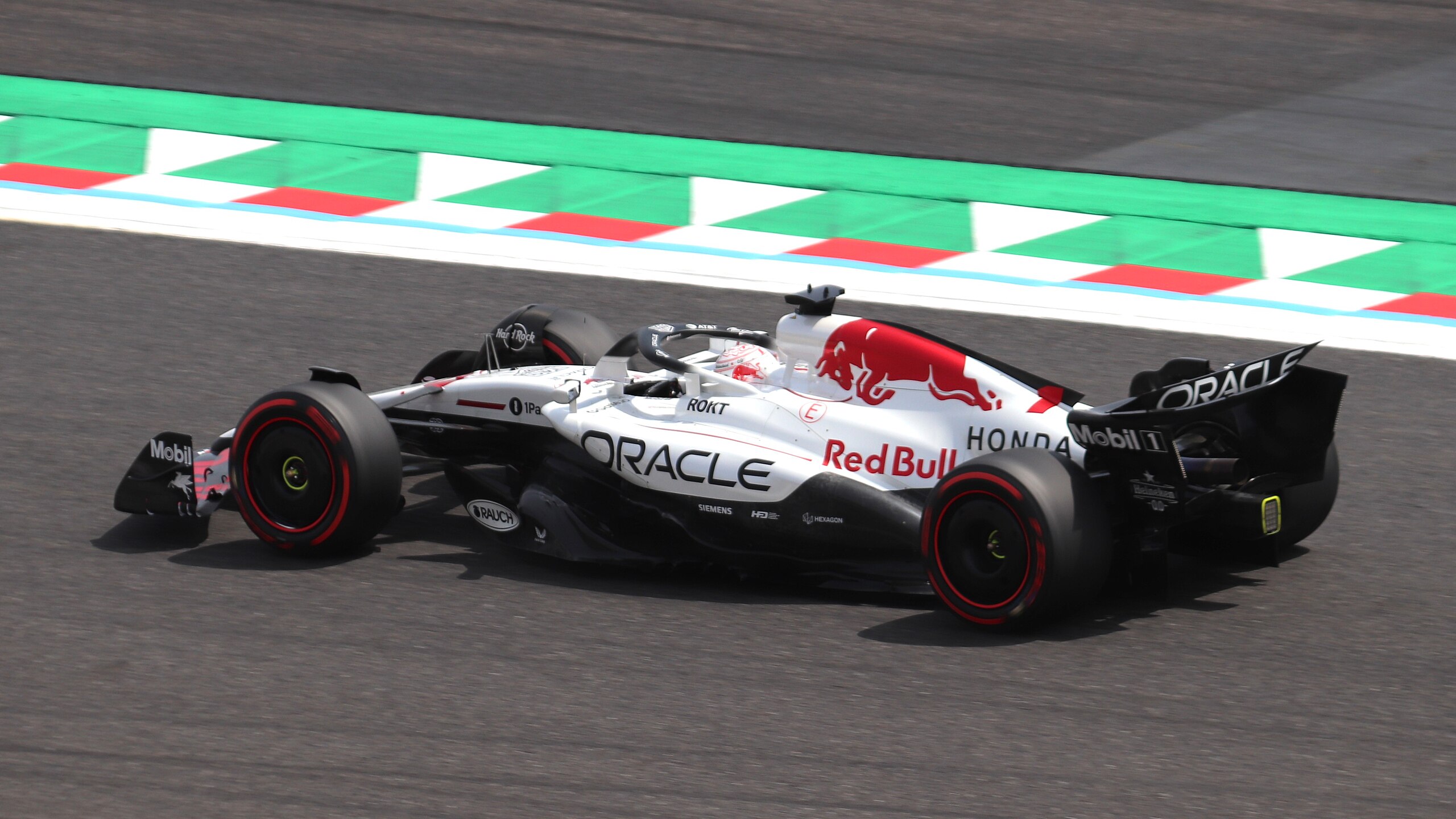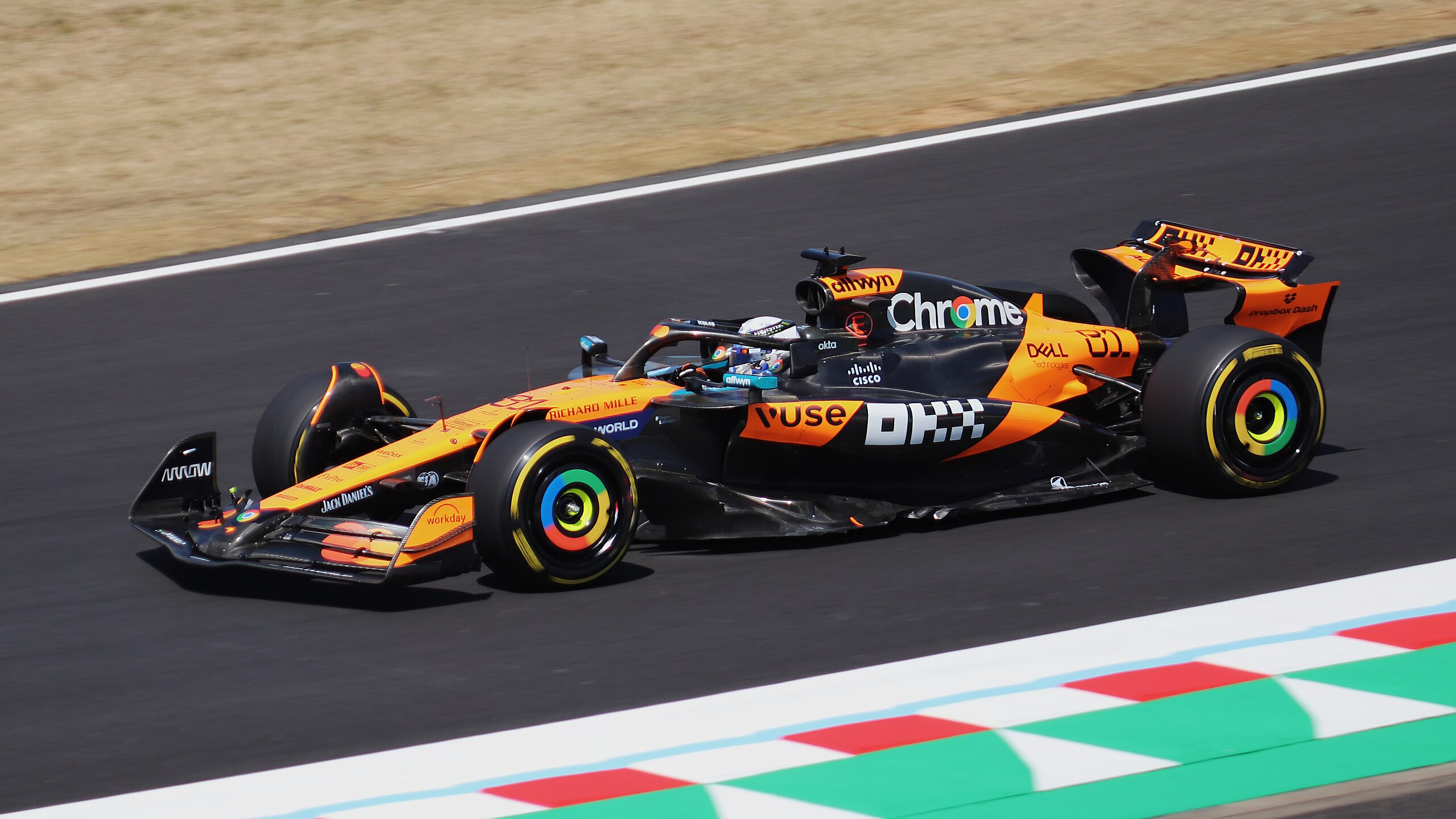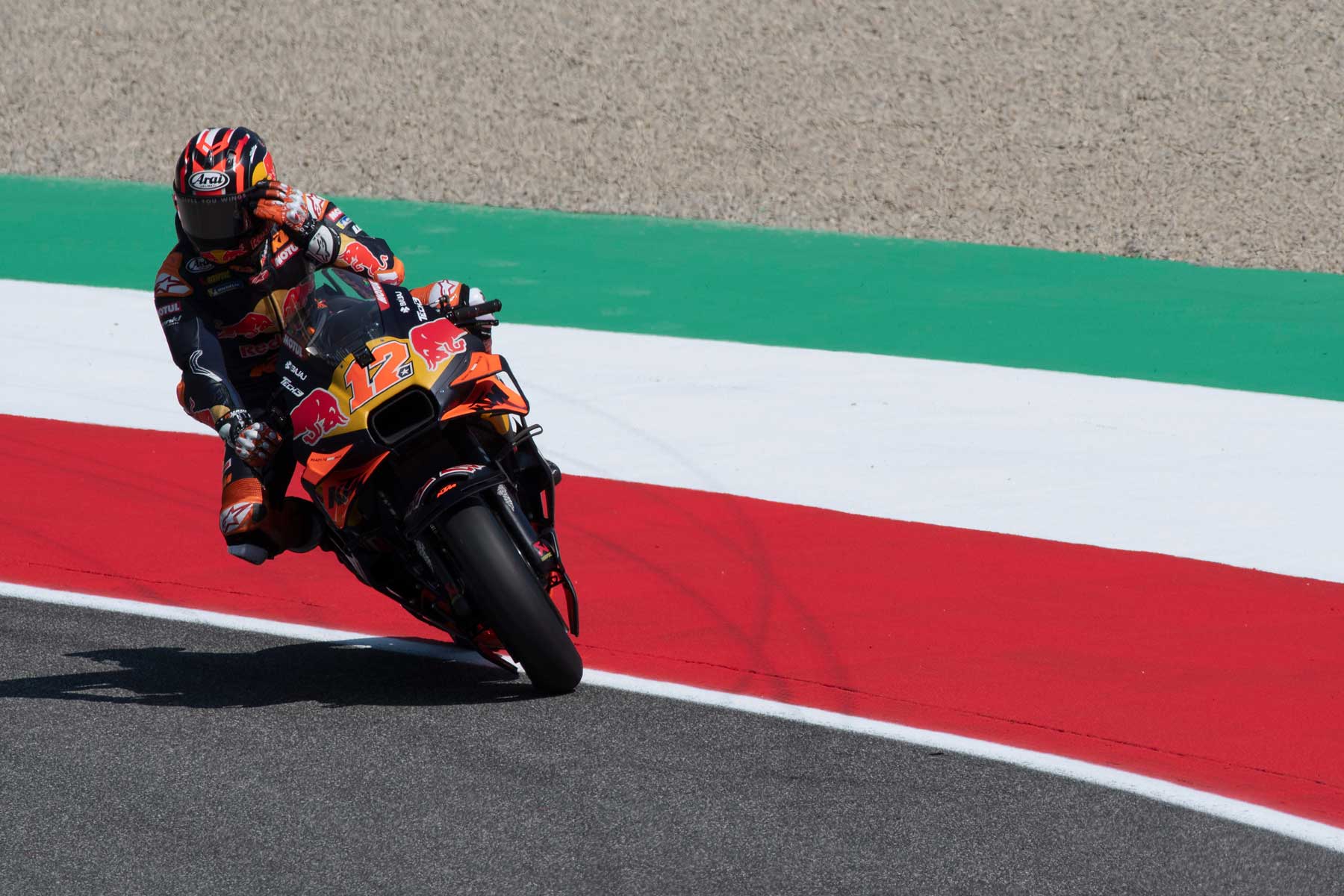Are you willing to sponsor?
Are you ready to explore the transformative power of athlete sponsorship for your brand? Click here to learn more about how sponsorship can help brands grow and thrive in the exciting world of motorsports.
By Emanuele Venturoli| Posted January 17, 2023 | In Marketing Sportivo, Sport Sponsorship, Sports Marketing
How long should the sponsorship last? Is a few months enough to make such a complex instrument work, or do you need longer exposure cycles? In fact, that of sponsorship is a special case of Life Cycle, which needs special timing and pace. Let us try to answer an important question today: after how much and for how long is sponsorship profitable?
Fans and enthusiasts will not have missed these days the announcement of the end of two important partnerships for the Formula 1 Scuderia Ferrari, the one with the cryptocurrency Velas and the one with the processor manufacturer Qualcomm, which is present under the Snapdragon brand.
The news of Velas ‘ departure from Maranello comes at the end of a troubled period for the cryptocurrency market and follows other thick farewells, from the less talked-about one of Fantom to the far more notorious one of FTX. We are likely facing a physiological moment in the life of an industry, that of Web 3.0, which is still in search of its stability and which presents a spotty and jumpy situation in which companies of extraordinary solidity are flanked by some with less solid foundations.
On the non-renewal of Snapdragon, on the other hand, it is the Scuderia itself that says that both parties agreed that they did not want to continue on the path they had traveled together after the first year of the contract. A consensual goodbye, in short, and respectful of the 12-month contract signed in early 2022.
Net of the reasons for, predictability of, and relevance of termination or non-renewal of a sponsorship contract, the issue of sponsorship duration is central to anyone involved in sports marketing.
As mentioned several times in this blog, sports sponsorship is a three-dimensional object and very profound in its psychological, behavioral and motivational implications. One of the main differences with other marketing mix and communication tools lies precisely in special time management.
Interpreting the sponsorship of a brand vis-à-vis a particular sport property as a product-in marketing terms-it is, in short, interesting to analyze and understand what the very special PLC (Product Life Cycle) of sponsorship is and what the implications, in terms of time, are on its practical applications.
Without wishing to go into lengthy theoretical discussions that are beyond the scope of these pages, typically the life cycle of a product is divided into four stages plus one, as shown in the diagram below.

The graph puts in abscissa, on the X-axis, the elapsed time since product conception and in ordinate, on the Y-axis, the economic result in terms of sales. The curve, or locus of points, drawn from each moment in a product’s life creates precisely the Product Life Cycle.
In the typical trend, a development phase, i.e., ideation and study, is followed by an introduction phase, a growth phase, a maturity phase, and finally a decline phase. This is a very physiological trend, typical to the vast majority of goods and services that we are familiar with, with the maturity stage being the most important moment of economic return.
Studies and field experience tell us that the shape of the PLC curve is significantly different when we analyze the sports sponsorship product, as can be seen from the schematization rendered below.

There are basically two reasons for this difference:
After the growth phase, which typically occurs during the first year of the sponsorship agreement, sponsorship does not immediately enter the maturity phase. Indeed, it is at this time that one of the most interesting phenomena in sports marketing occurs, namely that of the value overlap in the consumer’s mind between the positive values of the sports property and those of the brand.
While in the growth phase the effectiveness of sponsorship is mainly related to brand awareness phenomena, in the sedimentation phase the effectiveness of the tool has to do with a purely psychological phenomenon, namely the overlapping of the positive perception derived from sports with that of the brand. This phenomenon, which typically occurs during the second year of a partnership’s duration, causes an extraordinarily effective repositioning in the consumer’s mind, in a totally autonomous and non-heterodirected manner.
Let’s take the example of Formula 1 sponsorship of a new Hi-Tech brand. The first year of the contract is very useful to put the brand in the eyes of millions of consumers. The very high global visibility of Formula 1 raises the brand awareness of the product disproportionately, just as the repetition of the brand on multiple races throughout the year ensures excellent target coverage and repetition of brand visibility.
However, it is only from the second year that consumers will begin to attribute to the new hi-tech brand the characteristics of speed, performance, prestige and effectiveness taken from the Formula 1 value system. This sedimentation phase, in which precisely the values of F1 settle on the perceived brand, is lengthy and again benefits from repeated exposure, enriching the brand with new features from time to time.
A successful sponsorship program actually experiences no real decline.
In the minds and hearts of fans of a sport, if one has been there long enough (theory says that there are 5 years for this to occur), the bond between sponsor and sports property remains indelible even when the contract between the parties has been withdrawn.
This is the case with major sponsorships in motorsport, such as those between McLaren and Marlboro, between Repsol and Honda HRC, between Canon and Williams, and many other excellent examples. But it is also the case with sponsorships outside motorsport, such as the historic ones between Sharp and Manchester United, between JVC and Arsenal, and between Pirelli and L’inter Milano.
While it is clear that this is another reason why sports sponsorship is an excellent marketing tool, it is equally true and evident that in order for this to occur, the tool must be given time to express itself fully and be able to unleash its full effectiveness.
That of the timing of sponsorship is an issue we have found ourselves harping on on several occasions, as it is absolutely peculiar. This is true both when it comes to timing in and out of the partnership program.
Unlike other tools in fact, sponsorship is not completely “plug and play,” but requires a learning curve of introduction and application that can be mitigated with the
advice from a sports marketing agency that specializes in the area of
. Contacts, applications, activations, logistics, management and measurement of sponsorship are in fact extremely specific and very particular aspects in sports, a world that moves on completely autonomous geographies and time horizons: learning them and handling them in a timely manner can be tricky if not properly supported, especially in the beginning.
Conversely, at the end of the program, as seen, sponsorship can offer opportunities, benefits, and resources that extend far beyond the time duration of the agreement. In short, good partnerships can continue to be profitable even when you have stopped paying for them, extending memory and effectiveness through the emotional and psychological components of sport.
Managing these times well to pair them appropriately with other business phases and taking advantage of the many opportunities that arise in between is as much an art as it is a science, but here, too, lie the many advantages of a tool that is showing itself to be increasingly effective and full of opportunities for companies and industry groups of all types and sizes.
Are you ready to explore the transformative power of athlete sponsorship for your brand? Click here to learn more about how sponsorship can help brands grow and thrive in the exciting world of motorsports.

A graduate in Public, Social and Political Communication from the University of Bologna, he has always been passionate about marketing, design and sport.
The online platform where you can discover the latest trends, strategies and insights from the exciting world of sports marketing.
View our blog
June 26, 2025
This content is password protected. To view it please enter your password below: Password: [...]
Read More
June 18, 2025
When you think of sports, what comes to mind? For many, the answer is sports marketing management. We see Super Bowl or Olympic commercials and it seems like every other product is marketed t[...]
Read More
January 1, 2025
Sport sponsorship is a dynamic and potent marketing strategy that has become deeply ingrained in the fabric of modern sports. As stakeholders in the sports industry increasingly recognize the[...]
Read MoreIn an era where it is possible to get anywhere with a click, there is a strong temptation to approach teams and properties directly for sponsorship projects.
By doing so, we are convinced that we are shortening the value chain, saving time and money. However, these DYI methods are anything but risk-free and what initially appears to be a competitive advantage soon turns into a problem that is difficult to resolve. That’s why there are agencies. And this is why you should rely on us for your sponsorships.
When first approaching a sponsorship or sports marketing project, it is difficult to know immediately which stakeholders are correct, what the decision flow is, and what the right timelines are for each process. Sports is a very specialized field of action, and fitting effectively into its paths can take a lot of time and therefore money. We, on the other hand, know referents and spheres of action and know who to talk to, when and how. So you are also more effective.
Sports is an immense passion, and for our heart colors we would be willing to do anything. But business is a different business, and it is important to make the best possible strategic decisions based on independent research, statistics and reliable data. A sports marketing and sports sponsorship agency like RTR has an objective, 360-degree picture of the scenario and can tell you what is really best for you: which sport, which athlete, which team. This is because we possess a great deal of data and information on ratings, segmentation and attitudes. Because the numbers don’t lie. Never.
Activations are the real heart of sports sponsorship. Without them, there remains only a blank sticker on a motorcycle, car or uniform and no contact with the public, no emotional connection, no impact on the bottom line. Then how do you do it? It certainly won’t be the teams or the athletes who will help you leverage sponsorship and enjoy the many marketing rights you have paid for. To bring out the best in a sports marketing project you need an agency that knows how to use sponsorship to engage the fanbase on the Web, to reach out to Shopping Centers, to organize hospitality, to develop B2B and B2C opportunities, and to get “your” athletes in front of millions of potential consumers.
Would you ever go to the dealer who sold you the car and ask if the competitor’s car is better? No, of course. So, how do you expect to get firm measurements of the effectiveness of your sponsorship if you do not rely on someone super partes? At RTR, we have always worked with independent third-party agencies that allow us to know the return on any exposure of your brand on TV and in the media. In addition, we believe in calculating ROI as the ultimate measure of your success-so we can tell you for every penny you spend how much you are making.
We have been involved in sports sponsorship and sports marketing for more than 15 years. We are consultants in the sense that our goal is to maximize your investment, but we are also an agency that manages the project from start to finish. We have been doing this since 1995 with passion and professionalism, following three principles that have become cornerstones of our business: independence, verticality and transparency.
I would like to highlight the fact that one of the qualities of RTR is its great ability to approach the sponsorship scenario strategically, together with its passionate attitude, its amazing enthusiasm for solving problems, and its high level of professionalism.
Gianluca Degliesposti
Executive Director Server&Storage EMEA
Eurosport is truly delighted with its business relationship with Riccardo Tafà, who has become extremely popular, thanks to his detailed knowledge of the sports marketing sector and his highly diligent attitude to work.
Francois Ribeiro
Commercial Director
Passion and Expertise are the features that I have found in RTR since the very beginning. Serious and reliable professionals but also very helpful, nice and open-mind people, willing to listen and compare different ideas. All the values in which RTR believes make this agency a partner, not just a supplier, a partner with whom we have had the opportunity to achieve significant commercial results in term of success and image.
Luca Pacitto
Head of Communication
We have been working with RTR Sports Marketing for over 10 years. The objectives and the programmes of collaboration continue to be renewed and to grow with mutual satisfaction. I believe RTR is a team of great professionals led by Riccardo Tafà, who I consider a manager of exceptional skills and with a great passion for his work.
Lucio Cecchinello
Team Principal
I have known and worked with Riccardo Tafà since 1995 when we collaborated for the first time on a project for the Williams Formula 1 team. Several clients followed. After leaving Williams to work for Gerhard Berger then owner of the Toro Rosso F1 Team, I turned again to Riccardo to seek his help in finding a tool supplier for the team and Riccardo duly obliged with an introduction to USAG, a partnership with Toro Rosso which endured for five years. I recently started a new role as Group Commercial Director for the renowned Andretti Autosport organisation and I find myself working with Riccardo once again on a number of interesting projects. Why has this relationship with Riccardo endured ? He’s smart, knows the commercial side of sport inside out and back to front and he’s honest and trustworthy. Riccardo Tafà is a “doer” not a “talker”: in over 20 years I have never had a dispute either with him or with a company that he has introduced and each partnership introduced by Riccardo has delivered quantifiable ROI to rights holder and sponsor alike. I can think of no better testimonial of Riccardo’s diligence, knowledge, contact base and hard work than that.
Jim Wright
Group Commercial Director
The online platform where you can discover the latest trends, strategies and insights from the exciting world of sports marketing.
View our blog
July 4, 2025
When, in 1950, the Formula 1 kicked off at Silverstone, no one could have predicted that, 75 years later, it would become much more than a sport. Today, F1 is a global phenomenon, a cultural,[...]
Read More
July 1, 2025
In the complex and exciting world of Formula 1, performance no longer belongs exclusively to wind tunnels and race strategies. It also unfolds in boardrooms, brand labs, and experiential mark[...]
Read More
June 26, 2025
The European Commission has provided Liberty Media Corporation with unconditional approval to complete the acquisition of the MotoGP World Championship. The process of annexing the top motorc[...]
Read More